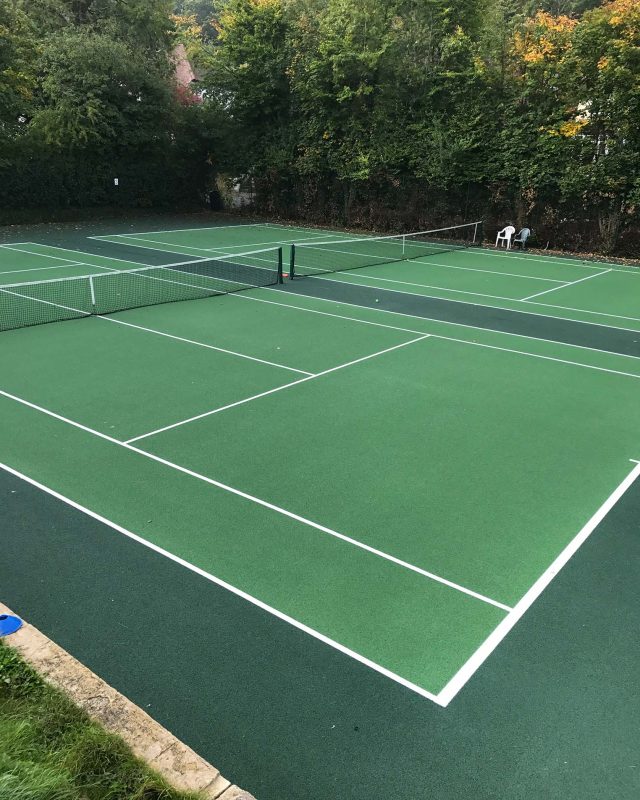
OUR LATEST NEWS
Tennis Court Surfaces Explained – What surface suits your game?

OUR LATEST NEWS
Tennis Court Surfaces Explained – What surface suits your game?
By clicking "Accept All Cookies", you agree to the storing of cookies on your device to enhance site navigation, analyse site usage, assist in our marketing efforts, and for personalised advertising.